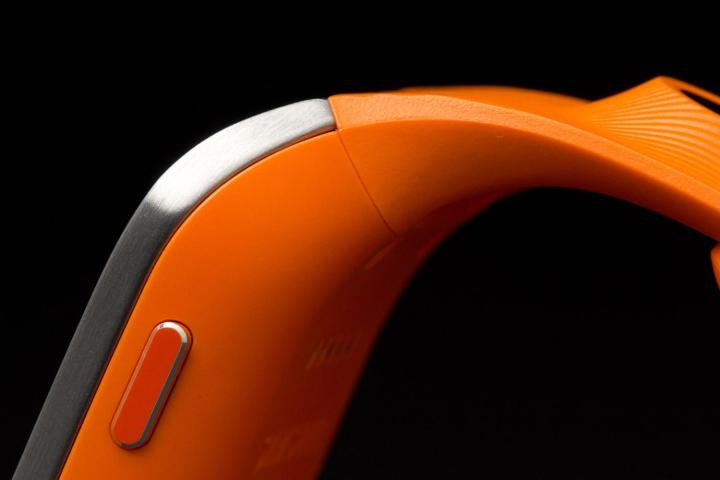
With the smartwatch industry still in diapers, it’s impossible to know if the market’s going to explode in the next year or two or simply fade away like a bad smell wafting by in the dead of night.
The tiny screens, for example, could be problematic for fat-fingered folk, with interface navigation proving about as straightforward as trying to pick up a coffee mug with your foot.
Thanks to researchers at the University of California, however, good news appears to be on the way. And it could revolutionize the way we interact not just with smartwatches but with all wearable tech.
The researcher’s tiny technology, called Chirp, comprises an ultrasound chip and an electronics chip (right) that work together to interpret gestures in three dimensions, or in other words, in the air.
The system uses small acoustic resonators, or ultrasound transducers, that send out ultrasonic pulses. These echo off anything within a meter of the device, such as your hand, with the technology able to interpret various gestures and convert them into actions on the gadget.
Chirp, which has been developed by UC Berkeley graduate student Richard Przybyla, consumes power at a very low rate, and being ultrasound-based can function not just in light conditions but also in complete darkness.
Of course, Przybyla’s technology isn’t the first to focus on interaction with electronic devices through motion and gesture, but features such as low power consumption and potential to understand a wide variety of gestures look set to garner it plenty of attention among firms in the tech industry.
Incorporate Chirp into smartwatches and the days of fumbling about with a tiddly little touchscreen would soon be history.
Helmet cams and face-based computers like Google Glass could also benefit from the technology. Although it’s possible to operate some of Glass’s functions using voice and head movements, others require you to tap or slide your finger on the touchpad located on the device’s arm.
However, a misjudged tap or over-enthusiastic swipe could, of course, send your $1500 specs flying across the room, leaving you looking a little silly with your fingers lingering by your ear sans Glass. With Chirp inside it may look like you’re trying to cast a spell on an invisible friend, but at least the device’ll remain on your face.
Chirp’s creators are still working to refine the technology, and long-term are looking to set up a company to sell the new technology to hardware manufacturers.
[Source: MIT Technology Review]



